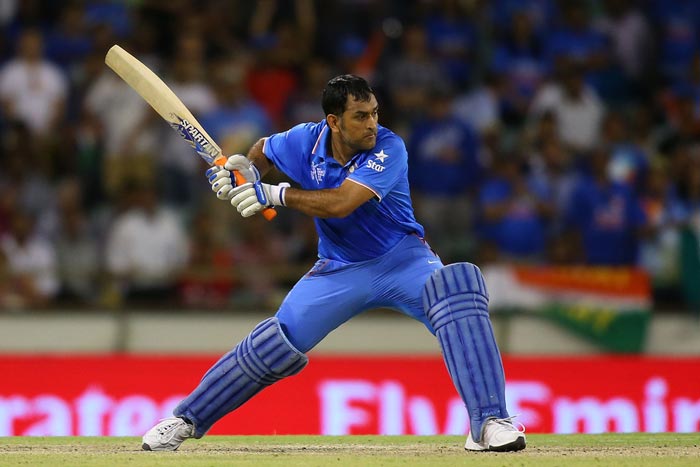Dhoni: The Calm Commander

When the great Sachin Tendulkar announced his retirement from Test cricket in 2013, it took the country by storm. The man, who glued the nation to their television sets or radios like never before, was going to play his final competitive match at the hallowed Wankhede Stadium.
The obvious brouhaha followed. Crowds thronged to the stadium at Marine Lines. News all over India was centred around the batting maestro.
After India won the Test and Sachin gave his farewell speech which brought many to tears, the crowd was on their way back. Mahendra Singh Dhoni was walking back to the Indian dressing room, when he met the person in charge of conducting the test. Seeing how busy and tired that person was, Dhoni just smiled and told him, “Don’t worry, you won’t have so much work when I quit.”
He was true to his word, at least as far as stepping down as India’s ODI and T20 captain, a position he has held since 2007.
Right from the day it was announced that Dhoni would be leading the India ‘A’ side in the first warm-up match against England at the Brabourne stadium — his last game as captain — the excitement started to build up.
Warm-up games usually have free entry and this was no exception. Star Sports, the official broadcaster, had requested the BCCI for live telecast of the match, which was granted. And the crowds turned up in large numbers — 20,000 of them. It was nothing compared to Sachin’s farewell, but Dhoni perhaps wanted it to be this way.
Dhoni closed at a record 331 games across all formats. A colossus among captain-wicketkeepers, given that second on the list of most matches across formats is Bangladesh’s Mushfiqur Rahim, who is yet to reach 80.
His rise as a player and then as a captain has been a story beating the odds, and more importantly, of being himself. ‘Dhoni-style’ has become a trend, a trend that banks on intuition and guts rather than going by the book.
There was a sense of rawness about him when he broke into international cricket in an ODI in Bangladesh in 2004. His approach to the game seemed quite different, clear from his unorthodox shots. Newspersons went into a frenzy, doing stories on how many litres of milk he would chug in a day.
But his captaincy was much more than that. His ascent to the top gained momentum after India’s poor run at the 2007 ICC World Cup, where they failed to make it past the group stages. Questions were raised over Rahul Dravid’s captaincy.
Read the full article by subscribing to the print magazine or the digital edition.
